Acoustic Foam Bass Trap VS. GIK Acoustic’s 244 Bass Trap Panel
A question we’re often asked is the difference between FOAM and RIGID FIBERGLASS.
Acoustic foam is cheap and readily available just about everywhere, especially online which is why so many flock to it as the go-to solution for addressing room acoustics. The truth of the matter is acoustic foam does treat some aspects of a room’s acoustics, think super high frequencies, but does very little elsewhere and is pretty much useless if you’re trying for diffusion.
Foam is just not thick enough to make as much an impact as rigid fiberglass. And even then, a 1” or 2” panel isn’t going to have the same results as a thicker panel.
We did a comparison test in our lab at GIK Acoustics.
To present a fair acoustic foam comparison, we purchased (16) 17″ x 24” acoustic foam bass traps and used only (8) GIK Acoustics 244 Bass Traps that are 24″ x 48″. All products were placed to use the same linear length (32 feet) in the corners. No attempt was made to achieve a perfect frequency response. The objective was to show the effect of low end control with typical corner mounted acoustic foam vs our 244 Bass Trap. Again, the products were placed in corners around the room and both products were in the same places for the test (see sketch up drawings).


Frequency Response
Test 1 is the frequency response of the lab/room empty
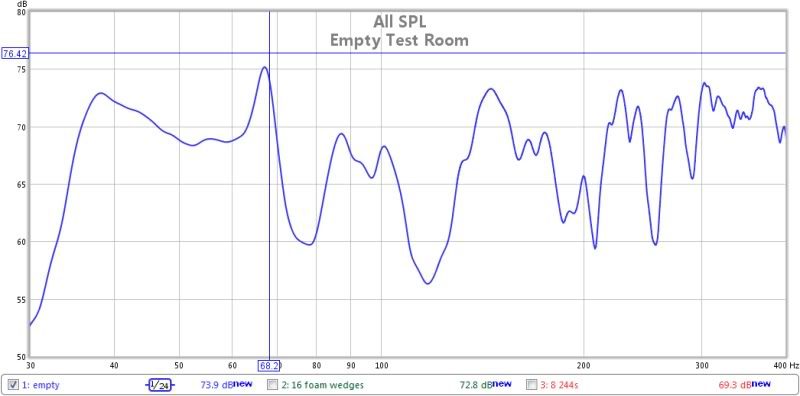
Test 2 is the frequency response with the 16 acoustic foam corner bass traps vs. the empty room.
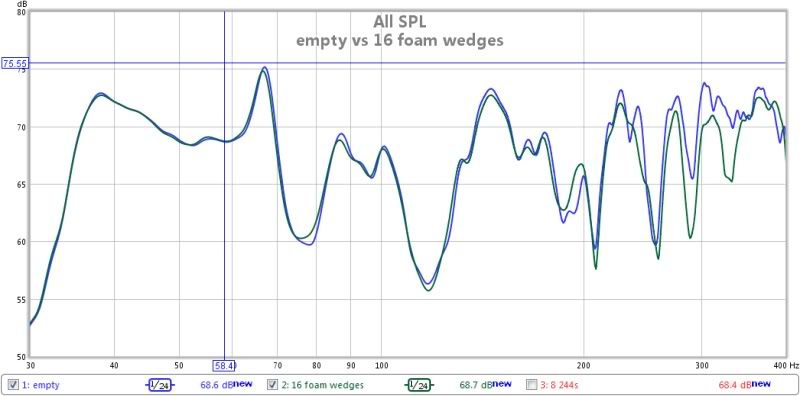
Test 3 is the frequency response with 8 GIK 244 Bass Traps vs. the empty room.
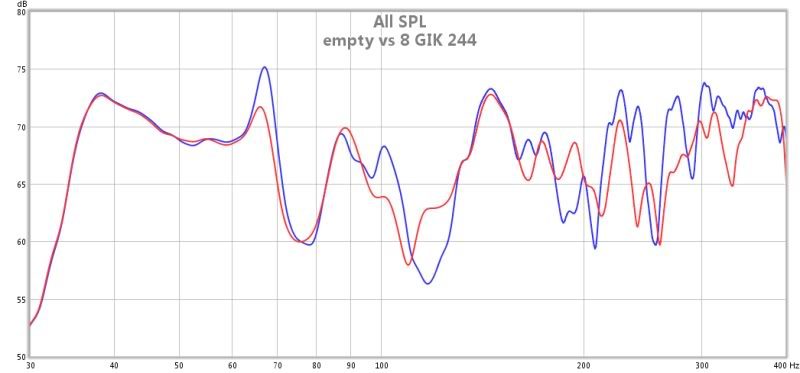
As you can see from the test results the 244 Bass Traps did a great job from the deep bass and up, while the acoustic foam wedges seem to do very little to nothing until you reach 250 Hz. Proper bass trapping in the corner can improve frequency response, but trapping in the corners will have a large, if not larger, impact on decay times as we will show next.
Waterfall Graphs
Before we move on to the next set of tests, here is a little background on decay times and waterfall graphs and why they are so important to view (if not more important then frequency response). As sound plays through your speakers it doesn’t just get to you and stop but continues to bounce around the room and slowly fades away over time. This is sometimes referred to as ringing or reverb. A waterfall graph allows you to visualize how quickly or slowly a given frequency decays over time.
Low frequencies tend to be stronger and stay more intense longer than higher frequencies. Higher frequencies are also easier to control. Things like people, furniture, carpet, curtains, and even air tend to have a much more significant impact on the higher frequencies than lower ones. In addition, high frequencies are much more directional where low frequencies tend to spread like a sphere in 3 dimensions. In a bare room, there really isn’t much that has any significant impact on low frequencies which is why it is critical to have proper bass trapping. As the low end keeps bouncing around the room there are other things that you are trying to hear but the frequencies that are ringing are masking imaging cues, harmonic textures, and even cancelling and/or reinforcing themselves.
When someone refers to a room that sounds “tight” or “clear” they are most likely in a room where the low end decay times are under control with bass traps.
Test 4 is the waterfall graph of the empty room
Test 5 is with the 16 corner acoustic foam wedge bass traps
Test 6 is with 8 GIK 244 Bass Traps
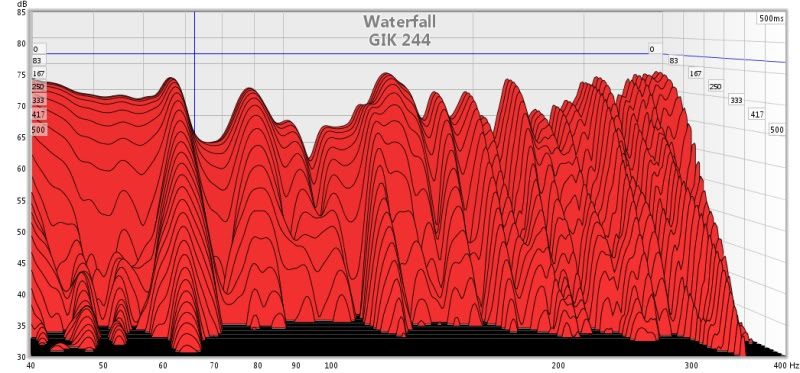
You can see that 16 of the acoustic foam wedge bass traps had virtually no effect on the decay time below 200 Hz while the GIK 244 Bass Traps decreased the 65 Hz decay time and up by a significant amount; with even some effect at 45 Hz. The goal of bass trapping, which the 244 Bass Traps indicate, is to have a controlled decay time throughout the low end response. That will give you the “tightness” and “clarity” in your music.




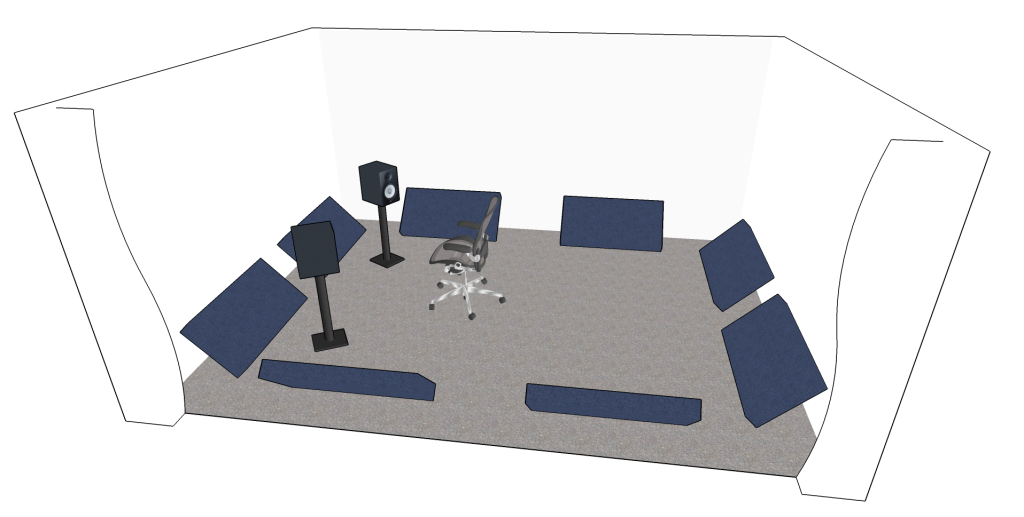
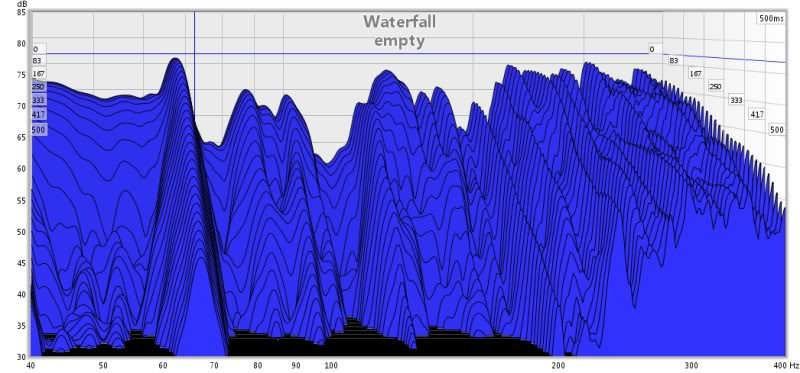

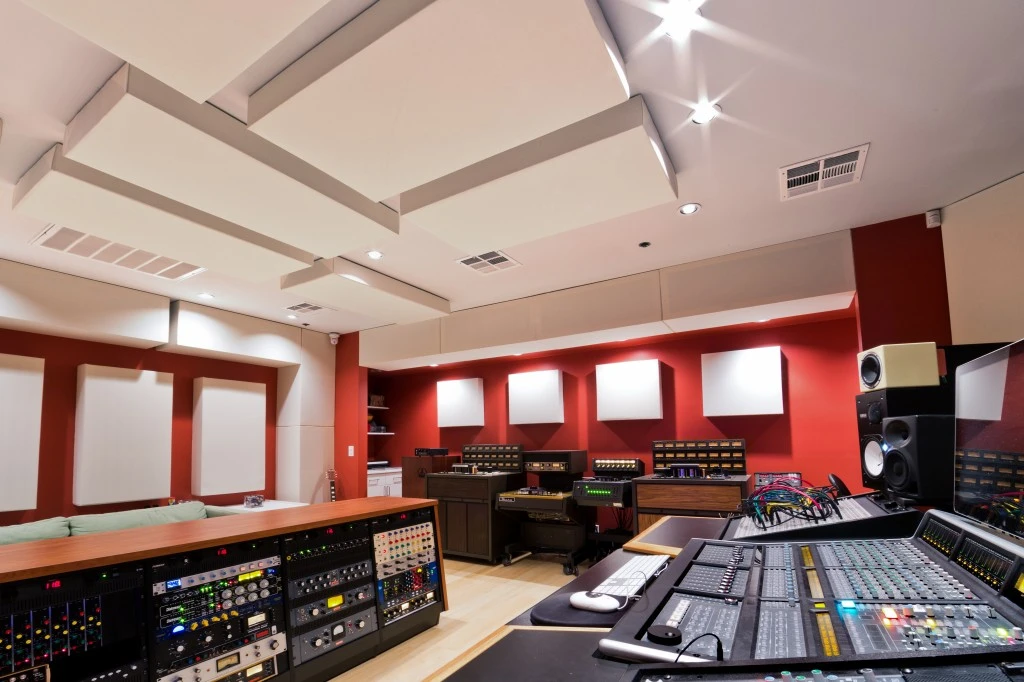

GIK Giveaway Viral Video Contest 2024
Room EQ Wizard TUTORIAL
How to set up and use REW In this video we show you how [...]
DIFFUSION Concepts Explained
How Acoustic Diffusers Work And Which One Is Right For You In this video [...]
Jan
The GIK Acoustic Advice
Get Your Room Sound Right For FREE! In this video we are giving a [...]
Jan
Designer Tips: The Significance of “Clouds” with Mike Major
When people reach out to us at GIK for acoustic advice, we never have any [...]
Jun
Designer Tips: The Importance of Coverage Area with James Lindenschmidt
The most important factor in acoustic treatment performance is coverage area. Or more specifically, the [...]
May
Designer Tips: Home Theaters and Acoustic Balance with John Dykstra
Without fail, one of the first things our clients say to us when we begin [...]
May
Black Friday Cyber Monday Sale 2021
Nov